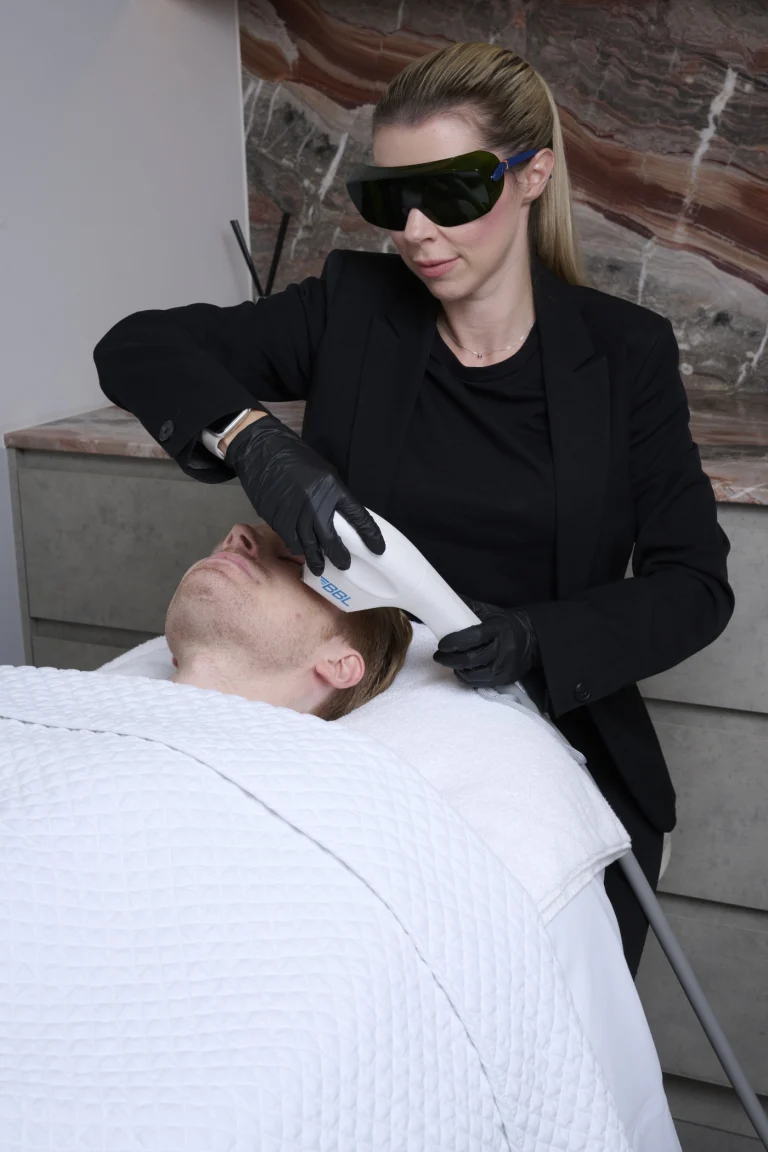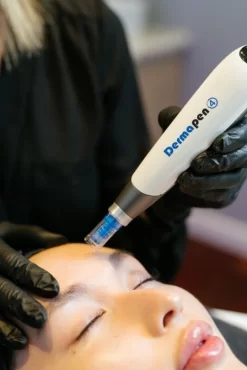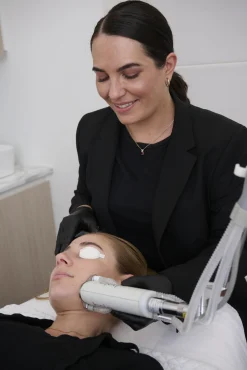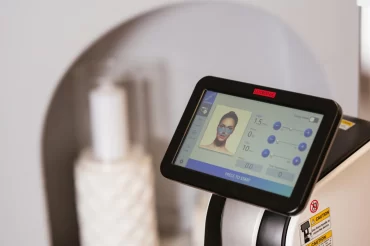Scarring

Scarring is a common result of the body’s wound-healing process after an injury or breakout.
Scarring is part of the body’s natural wound-healing process. Over time, most scars fade and flatten, although some can remain more visible or textured. For many people, scars may cause cosmetic concern — especially when they occur on the face or in prominent areas.
Scars can vary widely in their appearance. Some may be raised or thickened, while others appear as depressions or areas of altered pigmentation. Common concerns include post-acne marks, changes following injuries, and stretch marks that develop after periods of rapid growth or changes in body shape.
In accordance with Therapeutic Goods Administration (TGA) regulations, we are unable to provide detailed information about specific treatments online. Such information may be misinterpreted as the promotion of prescription-only (Schedule 4) medications – this is not permitted under TGA guidelines.
For this reason, a consultation with one of our practitioners is required. During your comprehensive consultation, your practitioner will carefully assess your skin, discuss your concerns, and provide education around suitable treatment options. A personalised treatment plan will then be created to address your individual needs.
Treatment costs will vary depending on your tailored plan and will be discussed with you in detail during your consultation.
FAQs
What causes scarring?
Scarring may develop after:
- Breakouts or persistent acne
- Injuries or wounds that have healed
- Stretching of the skin (e.g. pregnancy, growth spurts, weight changes)
- Genetic and skin-type factors that influence healing
- Environmental factors such as sun exposure, which can affect scar colour and texture
how do scars typically behave?
- Fresh scars: may be red, raised, or firm and gradually soften with time.
- Older scars: may be pale, flat, or texturally different from the surrounding skin.
Pigment changes: redness, darker marks, or lighter patches can sometimes remain even after the skin has healed.
What are the options for scar management?
Most scars fade naturally, but when they remain visible, professional treatments that may help improve their appearance and support healthier-looking skin. These may include options that encourage collagen stimulation, skin renewal, or overall improvement in tone and texture.
At Youth Lab, your practitioner will assess your skin and recommend a personalised plan, which may involve a combination of in-clinic procedures and at-home skincare to support long-term results.
What are our recommended treatments?
Depending on the type of scar, your treatment plan may include:
- Collagen-stimulating treatments – designed to encourage the skin’s natural repair mechanisms for smoother, firmer texture.
- Light-based therapies (e.g. BBL, Halo laser) – which can address pigmentation, redness, and overall skin quality.
- Microneedling or radiofrequency therapies – to promote controlled renewal of the skin surface.
- LED light therapy – a supportive treatment to calm inflammation, assist recovery, and encourage healing.
- Cosmeceutical skincare – ongoing care with high-quality medical-grade products to protect and strengthen skin at home.
Important considerations
- Not all scars are the same — what works for one person may not suit another.
- Treatment outcomes vary, and multiple sessions are often required for optimal cosmetic improvement.
- A thorough consultation is essential to determine which approach is most appropriate for your skin and your goals.
If scarring is a concern for you, we recommend booking a consultation with one of our doctors or nurses. They will take a detailed history, assess your skin, and create a tailored plan that may combine different modalities for the best possible outcome.



